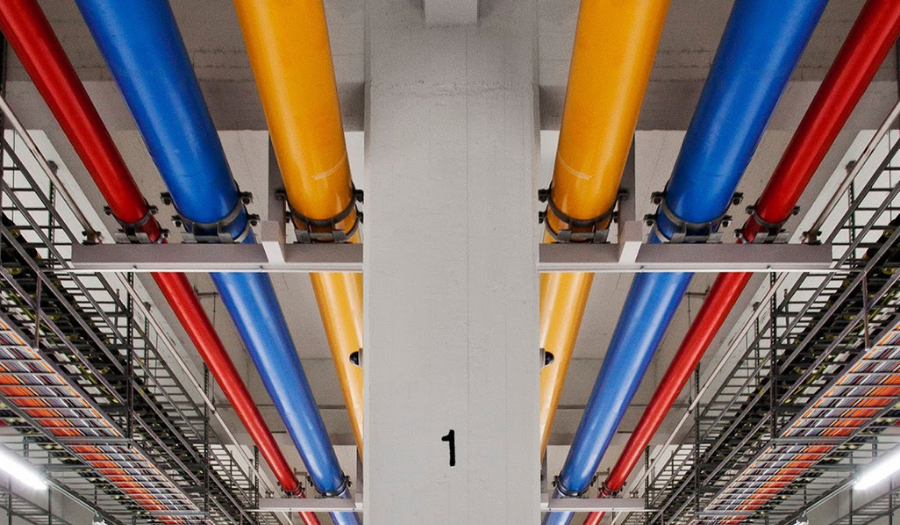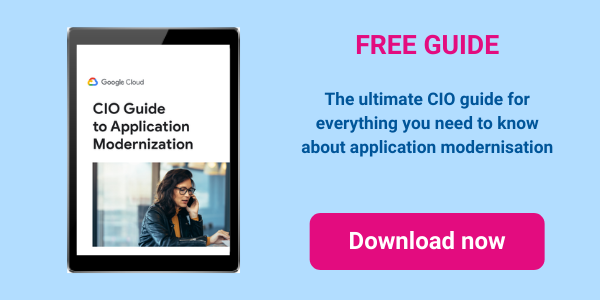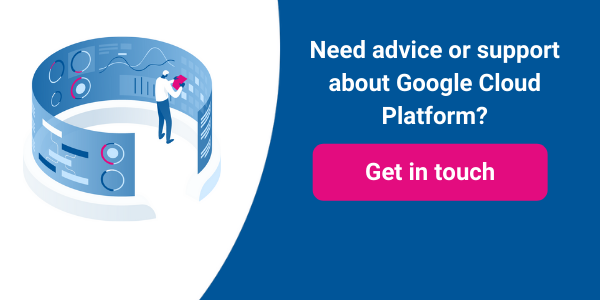Serverless computing is a way of providing cloud-based infrastructure that hides the detail of the clusters and nodes running your applications. All you see are application-level constructs, while the cloud provider takes care of everything about the underlying server infrastructure. That includes everything from monitoring and logging to OS management to rolling out security patches and load balancing — as well as spinning up servers (and closing them down) to match your current workloads.
In other words, serverless computing takes away much of the routine grind of running IT. But that’s not all it can do. Here are some of the others ways serverless computing can make life easier for your DevOps team:
1. Deploy quickly
Serverless computing helps you deploy new applications more quickly. There’s no need to spend time provisioning servers or managing production systems, so your team can focus all their time and energy on building new applications and features to support the business. You can also be sure of identical configurations on your development, test and production servers, eliminating any nasty surprises when your applications go live.
2. Scale in seconds
Serverless computing lets you add new capacity in seconds, without having to lift a finger. When loads and traffic increase, new servers – configured exactly the way you need them – are spun up automatically in less time that it would take you to notice there's been a spike in traffic. When demand drops, servers are closed down just as quickly. Worrying about scalability and capacity planning are a thing of the past.
3. Make your budget go further
With serverless computing, you pay only for the capacity you use. Up to 45% of all cloud spend may be wasted, according to research from RightScale, and that's partly because businesses are buying capacity to handle peak loads, but leaving much of it sitting idle for most of the time. If an application doesn't have any load, then it shouldn't be consuming resources, and you shouldn't be paying for them. This is exactly how Google Cloud Platform serverless computing works, helping your IT budget to stretch further.
4. Improve security
Serverless computing helps you deploy applications that are more secure by taking advantage of built-in security features in the platform. With Google Cloud serverless solutions, you’re able to take advantage of the same security measures that Google uses to protect its own infrastructure, benefitting from the expertise of Google’s dedicated team of security and privacy specialists. Your applications will also be from running on infrastructure that is regularly audited against numerous international, country and industry-specific standards.
5. Modernise your infrastructure
Serverless computing makes it easier to take advantage of modern approaches to IT, such as containerisation, APIs and functions. With Google Cloud, for example, you can pick from a choice of serverless solutions:
- Cloud Run, which offers a fully managed compute platform for deploying and scaling containerised applications quickly and securely.
- Cloud Functions, which provides scalable pay-as-you-go Functions-as-a-Service (FaaS) to run your code with zero server management.
- App Engine, which offers a fully managed serverless platform for developing and hosting web applications at scale.
One company that’s taking advantage of Google’s serverless computing is music discovery service Shazam. It uses GCP to handle spikes in demand, such as when a new song is first played on the radio or during events like the Eurovision Song Contest. It's also finding serverless computing a great solution to providing on-demand resources for batch processes, including regular re-indexing of its data.
Working with a Google Cloud Platform Premier Partner
As a leading Google Cloud Service Partner, we have considerable experience with Google Cloud Platform, both assisting clients to future proof their business with cloud infrastructure.
Cloud adoption is not just about agility and cost optimisation — it’s about building the very foundations you need to continuously innovate and stay ahead. A cloud-first architecture using Google Cloud Platform not only modernises your infrastructure but unlocks a whole new world of digital freedom and opportunity.
Our onboarding methodology will help you realise value in weeks, not months so you can save costs and increase agility.
If you’d like to find out more about moving to the cloud and how Google Cloud could help you, why not take a look at some of our customer success stories or browse our resources. Needless to say, please get in touch with our team if you'd like more practical support and guidance.


